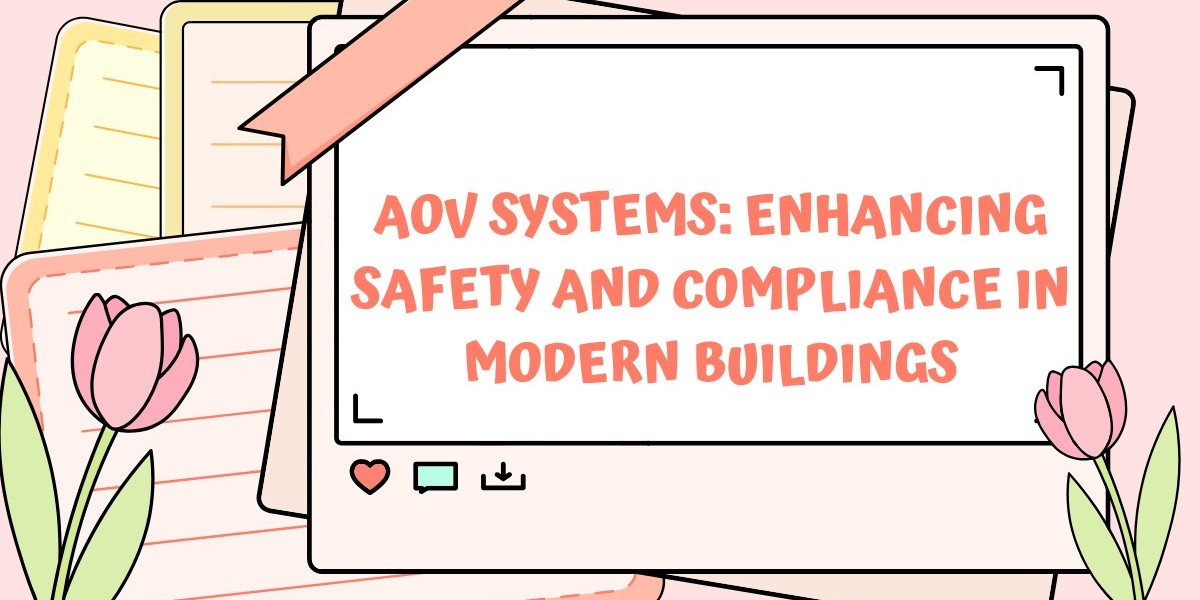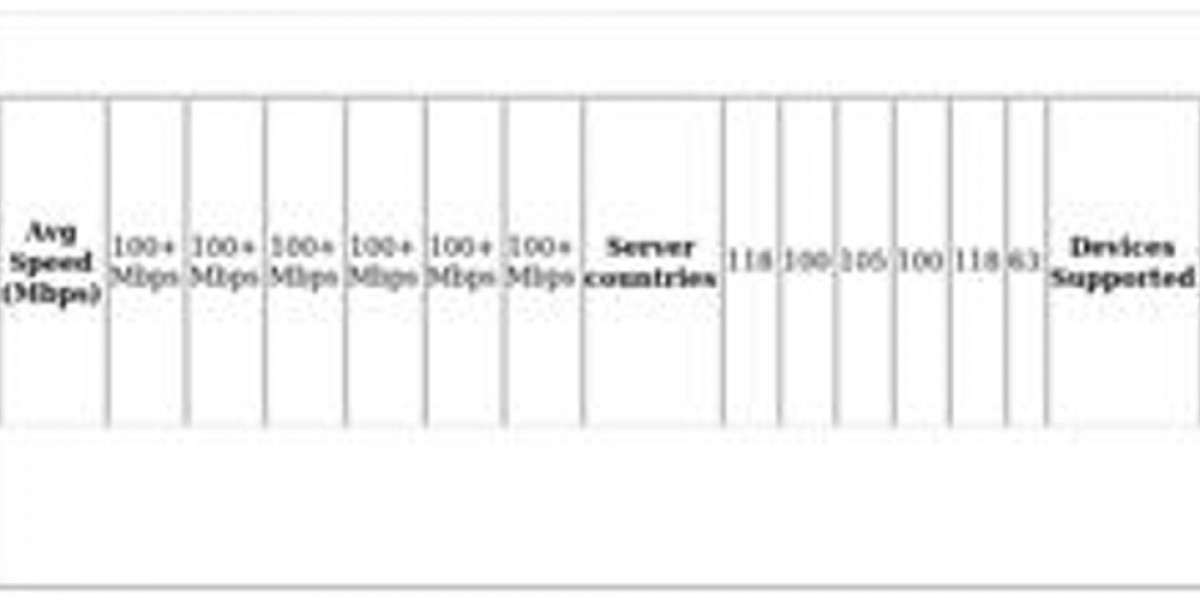AOV Systems: Enhancing Safety and Compliance in Modern Buildings
Automatic Opening Vent systems have become a fundamental feature in the design and safety infrastructure of modern buildings. These systems play a critical role in smoke control, aiding in the safe evacuation of occupants and supporting firefighting operations during an emergency. As building regulations evolve and safety standards become more stringent, the integration of AOV systems is not only a best practice but often a legal requirement. In this comprehensive guide, well explore what AOV systems are, how they function, their importance, installation practices, and answers to frequently asked questions.
Understanding AOV Systems
An AOV system is an automated ventilation solution designed to open and release smoke and heat in the event of a fire. It forms a vital part of a building's smoke control strategy. These systems can be installed in roofs, walls, stairwells, or corridors, and they operate by automatically opening vents to create a path for smoke to escape. The goal is to maintain visibility, reduce toxic inhalation risks, and lower temperatures, making it easier for people to evacuate safely and for emergency services to intervene.
The principle behind AOV systems is relatively simple but extremely effective. When a fire is detectedeither through manual call points, smoke detectors, or a building management systemthe vents are triggered to open automatically. This allows hot smoke and gases to exit the building, reducing pressure and clearing escape routes.
Why AOV Systems Are Essential for Building Safety
The importance of AOV systems lies in their ability to manage and control the spread of smoke, which is often more dangerous than flames in a fire situation. In enclosed spaces like corridors and stairwells, smoke can quickly become dense and lethal. By installing AOV systems, buildings can ensure that these critical escape routes remain passable during emergencies. This not only protects the lives of occupants but also supports fire service teams in navigating the premises safely and effectively.
Compliance with fire safety regulations is another key reason AOV systems are vital. In the UK, for example, building regulations under Approved Document B and BS EN12101 specify the requirements for smoke control systems. AOV systems help meet these requirements by offering a reliable method of smoke extraction. Building owners and managers have a legal and moral duty to implement these systems to safeguard those who live or work in their properties.
Components and Functionality of an AOV System
A typical AOV system comprises several integrated components that work in harmony. These include smoke detectors or heat detectors, control panels, actuators, power supplies, and the vents themselves. When smoke is detected, the control panel receives a signal and activates the actuators, which open the vents. Depending on the systems complexity, it may also be connected to fire alarms, emergency lighting systems, or the buildings central management system.
Some AOV systems are simple, standalone setups designed for smaller buildings or specific areas such as staircases. Others are more complex, incorporating multiple zones and layers of control suitable for large residential or commercial buildings. The key to an effective AOV system is ensuring that all components communicate efficiently and respond quickly to emergencies.
Installation and Integration of AOV Systems
The installation of AOV systems should always be carried out by qualified professionals who understand both the technical requirements and the legal standards involved. The process begins with a comprehensive risk assessment and design phase. During this stage, engineers determine the best locations for vents, control panels, and detectors to ensure maximum coverage and effectiveness.
Once the system is designed, installation must follow precise specifications. This includes wiring, actuator fitting, and ensuring power supply backup, typically through battery units. It is crucial that the installation process includes thorough testing to verify that all components function correctly under emergency conditions. Any malfunction or delay in activation during a fire can lead to catastrophic outcomes.
AOV systems must also be properly integrated into a buildings overall fire safety strategy. This means coordinating with sprinkler systems, alarms, and emergency exit lighting to create a unified approach to safety. When properly installed and maintained, AOV systems serve as a seamless part of a buildings life-saving infrastructure.
Maintenance and Compliance Checks
Installing an AOV system is only part of the equation. Regular maintenance and testing are vital to ensure that the system continues to operate correctly. Over time, dust, wear, or electrical issues can affect the performance of vents and detectors. Thats why routine inspections should be scheduled, typically every six months or in accordance with local fire safety regulations.
Compliance checks involve testing the triggering mechanism, checking the condition of actuators and control panels, and ensuring backup power sources are functional. Documentation of all maintenance activities is important for audit purposes and demonstrates due diligence in maintaining fire safety systems. Ignoring maintenance can render an AOV system ineffective when its needed the most.
AOV Systems in Residential and Commercial Properties
The use of AOV systems spans a wide range of building types. In residential buildings, particularly high-rise apartments and housing complexes, they are often installed in communal corridors and staircases to maintain smoke-free escape routes. Landlords and housing associations are increasingly adopting these systems in response to evolving legislation and heightened awareness of fire safety.
In commercial and public buildings, AOV systems are part of a broader smoke control strategy. Shopping centers, schools, hospitals, and office buildings often include sophisticated systems that can be zoned and controlled based on fire location. The goal remains the same: to protect lives and reduce property damage by managing smoke effectively during a fire.
The Future of AOV Technology
As with many safety systems, AOV technology continues to evolve. Smart AOV systems are now being developed with features such as remote monitoring, self-diagnostics, and integration with smart building platforms. These advancements improve response times, reduce manual maintenance needs, and enhance overall reliability.
The future of AOV systems will likely focus on greater automation and real-time data analytics. This will allow facility managers to monitor performance from mobile devices and receive alerts if faults are detected. With these innovations, AOV systems will become even more efficient and user-friendly, further improving building safety standards.
FAQs
What does AOV stand for in fire safety?
AOV stands for Automatic Opening Vent. It is a smoke control system designed to open automatically in the event of a fire to allow smoke and heat to escape from a building.
Are AOV systems a legal requirement?
In many countries, including the UK, AOV systems are required in certain buildings to comply with fire safety regulations. They are especially necessary in multi-story residential and commercial properties.
Where are AOV systems usually installed?
AOV systems are commonly installed in stairwells, corridors, lobbies, and roof areas to help clear smoke from escape routes and critical areas.
Can AOV systems be manually activated?
Yes, most AOV systems allow for both automatic and manual activation. Manual control points are typically installed for use by occupants or fire service personnel.
How often should AOV systems be tested?
AOV systems should be tested at least twice a year, with more frequent checks depending on the size and usage of the building. Routine inspections ensure the system functions correctly during an emergency.
Do AOV systems work during power outages?
Yes, AOV systems typically include battery backup units or are connected to emergency power sources to ensure functionality even during power failures.
Can existing buildings be retrofitted with AOV systems?
Absolutely. Many older buildings are being retrofitted with AOV systems to meet current fire safety standards. A professional assessment will determine the most effective retrofit solution.
Conclusion
AOV systems represent a vital part of any comprehensive fire safety strategy. They provide life-saving benefits by managing smoke and improving escape routes during a fire. From planning and installation to maintenance and compliance, every aspect of an AOV system requires careful attention and professional expertise. As technology continues to evolve, AOV systems are becoming smarter and more reliable, offering greater protection for both residential and commercial spaces. Building owners, developers, and facility managers should prioritize the installation and upkeep of these systems to ensure safety, legal compliance, and peace of mind.








